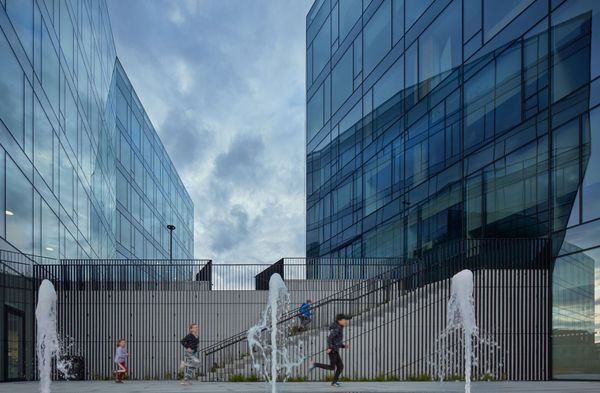„Who run the world? Girls” – goes the famous Beyoncé song. But if we look deep inside ourselves, we might think this statement is unfounded as mostly men hold the top positions in today’s macho corporate-political world. What is the employment rate of women, what percentage of managers are women, and was the Romanian Prime Minister, Nicolae Ciucă, right when he said that Romania has the highest number of women at the top management level in Europe? From this article, you can find out!
Female labor force is one of the most under-utilized resources globally. Traditionally, women have been responsible for raising children and maintaining the household. These are essential tasks, but they are not reflected in the global GDP and hinder women from entering the labor market. In 2020, 74 out of 100 men who can work were employed, compared to 47 out of 100 women. Discrimination starts in early childhood; in many societies, girls are denied the opportunity to learn; thus, women make up two-thirds of the world’s illiterate people.
As a result, the proportion of women in management positions is also low worldwide. The figures have been rising in recent years; still, only 28% of decision-makers are women, and women lead only 18% of companies. Furthermore, only 37 companies from the Fortune 500 list, the 500 largest American corporations, have a female CEO, which is merely 7.4%.
Unsurprisingly, gender inequality is worse in developing countries than in the developed parts of the world, like Europe. Still, the employment rate of women aged 20-64 is 11 percentage points lower than that of men of the same age in the EU. This figure is particularly disappointing because, in Europe, there are 4.8 percentage points more women in higher education than men.
Women’s presence in politics is increasing, but quite slowly. In 2021, 21.9% of ministerial portfolios were held by women, which is just a slight increase from 21.3% in 2020. This year, Nicaragua is the champion of gender-balanced cabinets, with 58.82% of ministers being women in the Central American country.

Speaking recently at a conference in Cluj-Napoca, Romanian Prime Minister Nicolae Ciucă said that Romania ranks first in Europe regarding the number of women in top management positions. Unfortunately, he did not mention any specific source, which undermines the credibility of his words, but some statistics exist that can confirm his statement. In the second half of 2021, Romania had the highest proportion of women among the top managers in the largest European companies, although not across the whole continent, just within the EU. The continent’s champion is Serbia, with 31.7%, ahead of Romania’s 31.6% by a hair.
Nonetheless, concluding that Romania is the most gender-equal country would be misleading. The figures mentioned above take into account only the largest companies: while there are only 82 companies listed on the Bucharest Stock Exchange, more than 1.3 million companies operate in the country. So, the 31.6% should be interpreted in this context to avoid getting a very distorted image, and the true value is most probably much lower. Not to mention that the latest figures show that six European countries are ahead of Romania even in this list: Norway (29.5%), Iceland (29.2%), the United Kingdom (28.7%), Sweden (27.5%), Finland (27.2%), and Ireland (27%). The proportion of female top managers fell in Romania compared to the previous six months, with only 26.8% of CEOs of the largest companies being female now.
The presence of women in parliaments is not the brightest, even in Europe. It is no coincidence that Romania’s prime minister did not mention how his country ranks regarding this figure in Europe. In the second quarter of 2022, only 19.1% of Romanian MPs were women, the third lowest number just before Cyprus (14.3%) and Hungary (14.1%). Hungary at least can be proud that the country is one of the three European countries, besides Greece and Slovakia, which have elected or appointed female heads of state. Moreover, just six European countries have a female prime minister, the proportion of women MPs is only 33.4%, and the figure nowhere reaches 50%. The top of the list is dominated by the Nordic countries: Iceland (47.6%), Sweden (46.7%), Finland (45.5%), and Norway (45%). Spain has the most women in parliament among non-Scandinavian countries; its 43% means the 5th place in the continent.
Undeniably, gender equality in developed countries is on a different scale than in developing countries. There is no direct discrimination in education or healthcare services as in Sub-Saharan Africa, but that cannot mean that we can just point to the more unequal parts of the globe and ignore the issues in Europe. According to some estimates, it costs $92 billion globally each year for women not to get a proper education. In Europe, it may seem that all the opportunities are given for a woman to be as successful as a man in management or politics. However, the unquantifiable factors such as patriarchal traditions and masculine corporate and political culture still put many obstacles in women’s paths.

Pieces of art are also hidden in the new Bořislavka Centre in Prague

Photographing buildings as a way of self-expression | Kamil Philipiak










